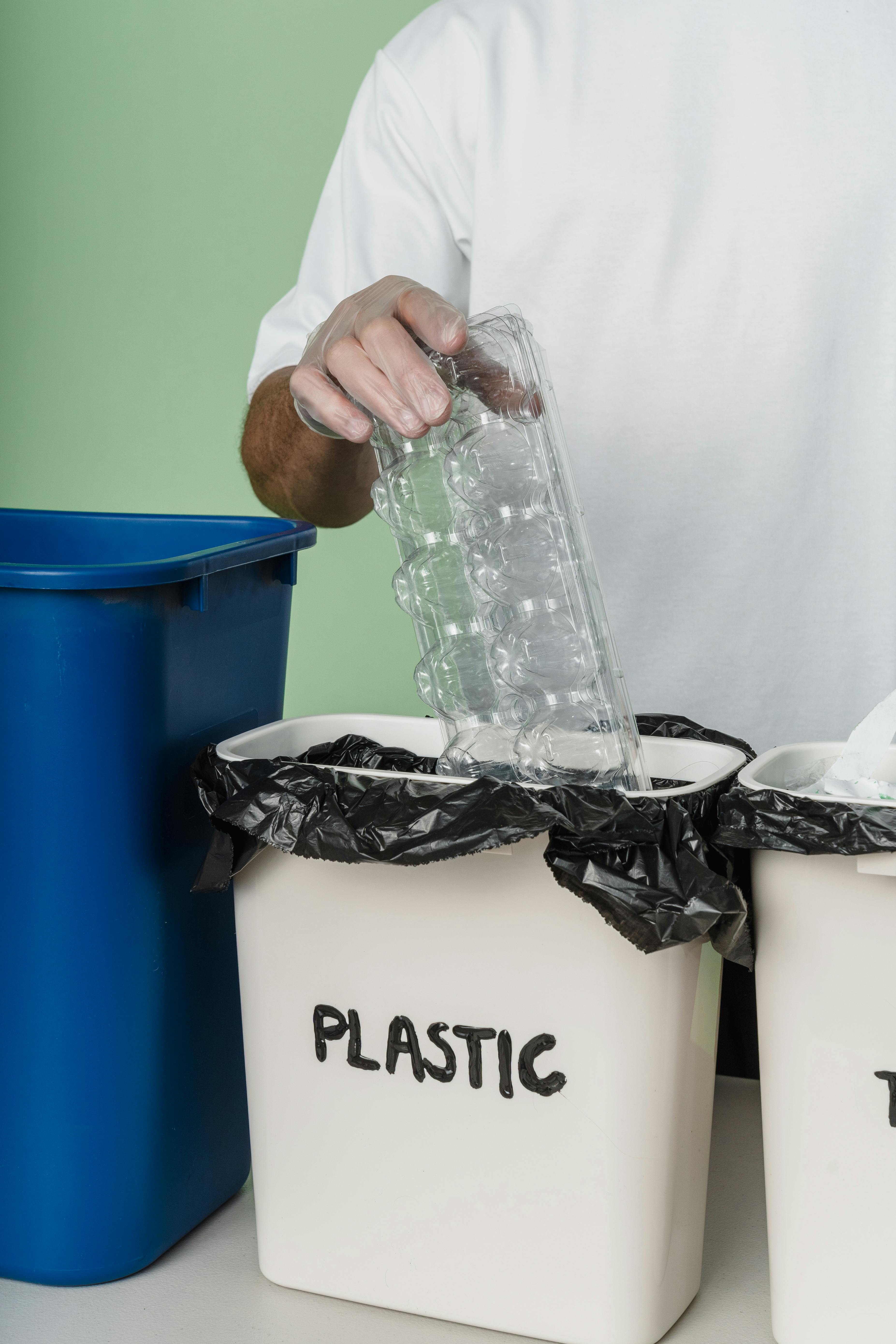Understanding
 Waste Resources Administration
Waste Resources Administration
Waste administration is an important facet of lasting growth and environmental protection. It entails the collection, transport, processing, and disposal of waste materials. However, conventional waste administration strategies often concentrate on disposal rather than source healing. Waste sources administration takes a different technique by aiming to reduce waste generation and make best use of the use of useful resources with numerous methods and technologies.
One of the vital aspects of waste sources administration is reusing. Recycling entails the handling of waste materials to develop new items or resources. This method helps to minimize the stress on natural deposits, conserve power, and decrease the quantity of waste being sent to land fills. By applying reliable recycling programs, neighborhoods and companies can substantially contribute to waste reduction and resource conservation.
An additional vital technique in waste sources administration is composting. Composting is the process of breaking down natural waste materials such as food scraps and backyard waste, transforming them into nutrient-rich compost. Composting not only decreases the amount of natural waste sent to landfills but also creates an useful product that can improve soil fertility, water holding ability, and total plant health. By promoting composting, neighborhoods can divert natural waste from land fills and shut the nutrition cycle.
Waste-to-energy innovations also play a vital duty in waste sources monitoring. These modern technologies transform non-recyclable waste materials right into power, such as electricity or heat. By harnessing the power possibility of waste, we can reduce our reliance on nonrenewable fuel sources and lower greenhouse gas discharges. Waste-to-energy facilities can aid to address waste management difficulties, create renewable resource, and add to a more sustainable future.
Lastly, waste resources monitoring includes implementing policies and methods that advertise waste decrease at the source. This can be attained via education and awareness projects, encouraging product design for resilience and recyclability, and implementing waste minimization efforts. By focusing on waste prevention and decrease, we can reduce environmental effects and preserve valuable resources for future generations.
To conclude, waste sources management is an alternative approach that intends to decrease waste generation, make the most of resource healing, and minimize environmental impacts. With approaches such as recycling, composting, waste-to-energy innovations, and waste decrease at the resource, we can relocate in the direction of a much more lasting and circular economic situation. It is critical for individuals, neighborhoods, and companies to actively take part in waste resources management to shield the atmosphere and make certain a brighter future for all.
Why not learn more about ?
The Best Advice on I’ve found
This post topic: Arts & Entertainment



